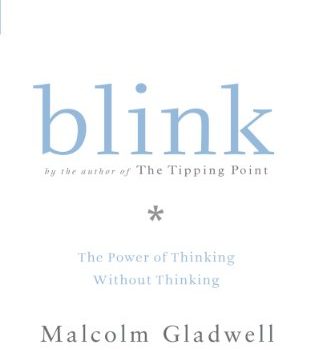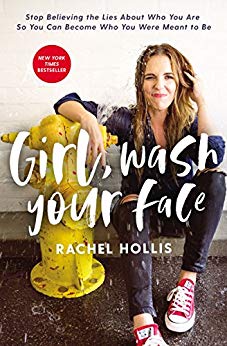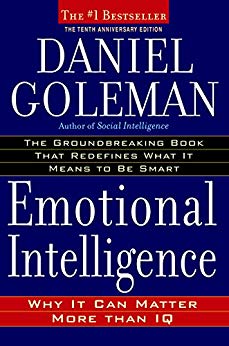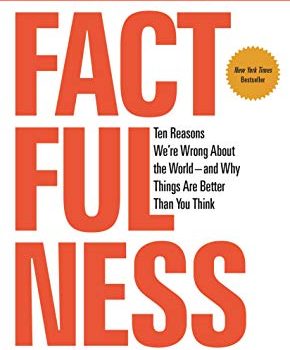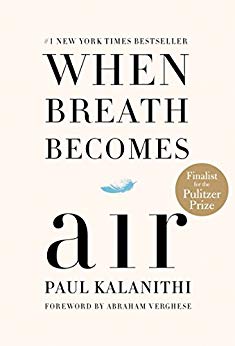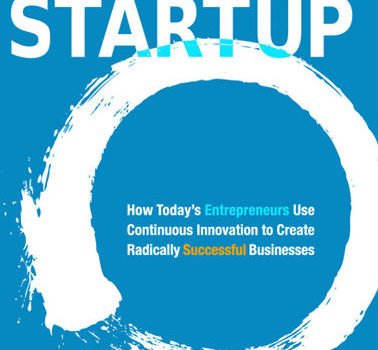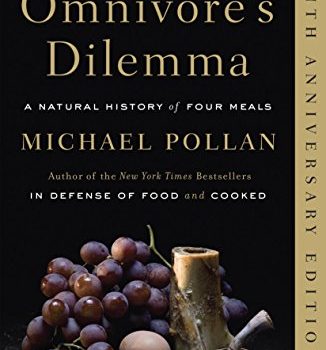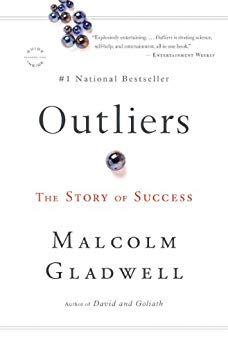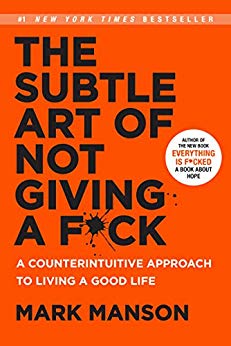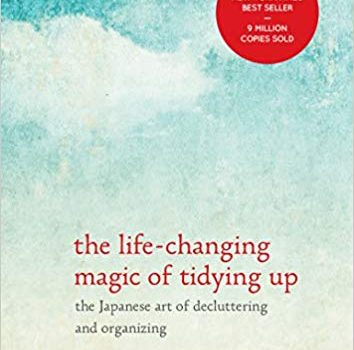The Omnivore’s Dilemma by Michael Pollan explores the question of where our food comes from, and how the growth, processing, marketing, and distribution of food affects our health, animal welfare, and the environment.
This book, published in 2006, was the first of several blockbuster influential books critical of the post-World War II industrialization of food production by our government and big business.
The Omnivore’s Dilemma refers to the age-old human dilemma of deciding what to eat. Because we’re omnivores, and biologically designed to eat plants, animals and fungi, we have wide-ranging options compared to “specialized eaters” like koala bears or monarch butterflies that can eat only one thing. In the early days of human evolution, deciding what to eat was a dilemma because some options could sicken or kill us. As a species we learned what to eat through various tools such as memory, recognition, taste, culture, and tradition.
Around the end of World War II, our food system began to change radically. Today we’re again confused and anxious about our food choices due to ignorance about where our food comes from — plus an array of new health concerns. We’re confronting a modern-day Omnivore’s Dilemma about what we should eat.
In this Omnivore’s Dilemma book summary, learn:
- How corn made its way into tens of thousands of foods, as a result of federal corn subsidies
- How “Big Organic” farms, like those powering Whole Foods, are in some ways no better than massive industrial farms
- What the author learned when he forced himself to forage for his food, hunting pigs and mushrooms
